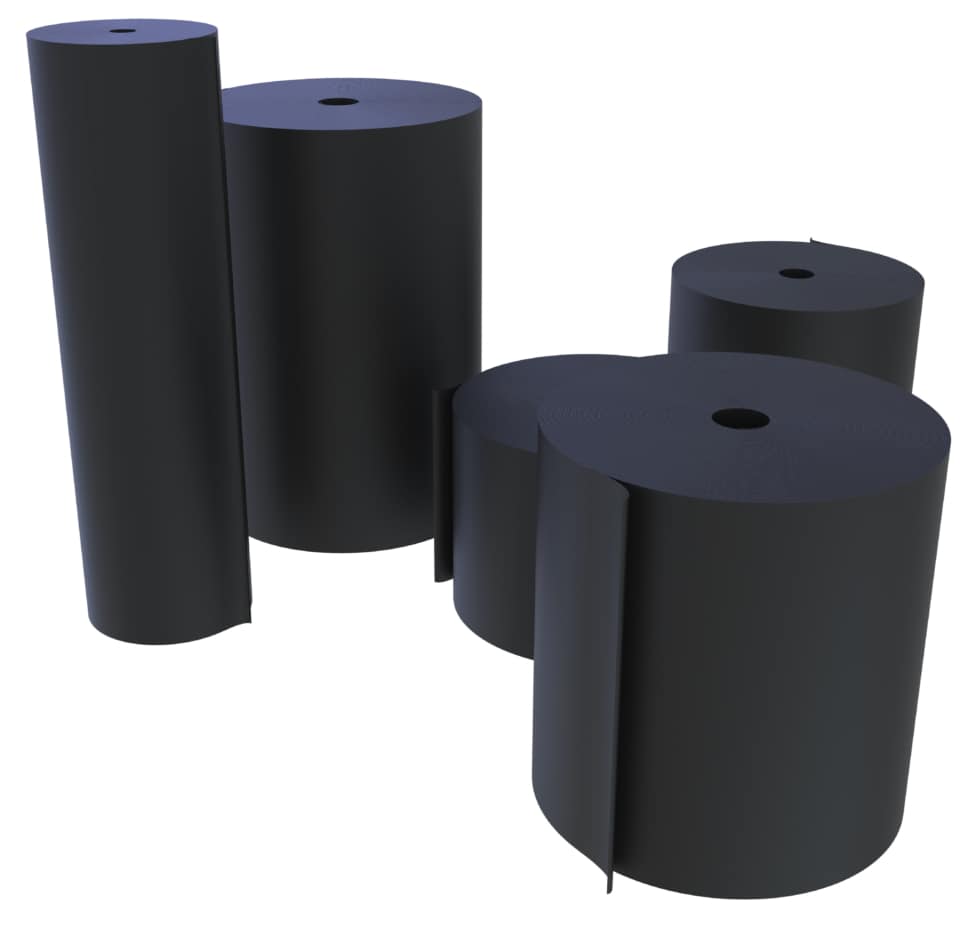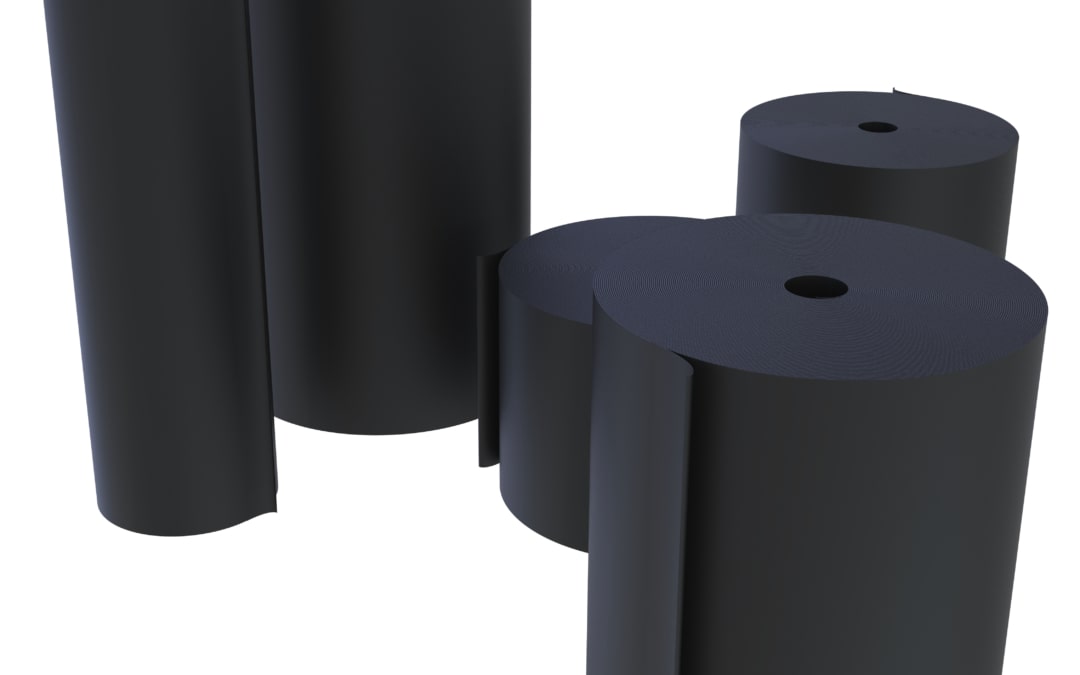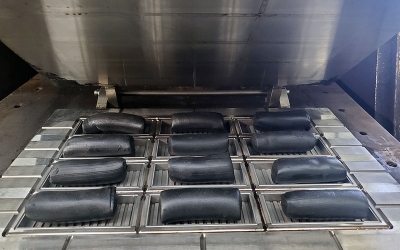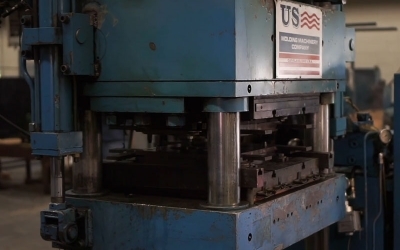What is Neoprene Rubber? Properties, Applications & More

What is Neoprene?
Neoprene, also known as polychloroprene, is a type of synthetic rubber that is created by free-radical polymerization of chloroprene and is frequently used in many applications. It is one of the oldest synthetic rubbers to be developed, having been invented by scientists at DuPont in 1930 and used by the US military in the following decade during World War II. Despite it being one of the oldest synthetic rubbers, it is still very popular today. Neoprene has many applications due to its strong physical properties, chemical resistance, and flame resistance. Neoprene is commonly injection molded, transfer molded, or compression molded.
Properties of Neoprene
There are many advantageous properties of Neoprene that make it such a widely used synthetic rubber. As with any polymer, there are also a few disadvantages to take into account when considering using Neoprene for your application. Click here to read more about choosing the right type of rubber for manufacturing your product.
Advantages
Neoprene is well regarded for its combination of chemical resistance and great physical properties. It provides strong resistance to ozone, sunlight, oxidation, weather, oils, gasoline, greases, solvents, petroleum oils, animal and vegetable oils, compression set, silicone oil, refrigerants, ammonia, and carbon dioxide, water, and steam. Unlike some other polymers, Neoprene resists swelling when exposed to hydrocarbon oils as a result of the chlorine in its molecular structure. Its strong water resistance also makes it popular for many waterproof applications.
Neoprene also has very good flame resistance and is one of the few self-extinguishing rubbers. It has a wide temperature operating range and is able to withstand temperatures as low as -50°F(-46°C), and as high as 275°F(135°C). Additionally, it has good physical properties, including a tensile range of 500 to 3000 psi and a maximum elongation of up to 600%.
Disadvantages
The main disadvantage of using Neoprene is its cost. Many other rubbers offer much of the same properties as Neoprene at a much lower price point. However, none offers the full range of properties and advantages as Neoprene. Neoprene may also absorb water, making it a poor choice for use in electrical applications.
Common Applications of Neoprene
Neoprene is a very commonly used rubber polymer and has many applications. Its resistance to water, fire, ozone, sunlight and many other chemicals makes it a very versatile material. Some of these applications include refrigeration seals, Freon/air conditioning, motor mounts, engine coolants, petroleum and chemical tank linings, automotive gaskets and seals, and weather stripping. Additional examples of Neoprene applications include:
- Aquatics. Due to its water-resistant capabilities, as well as its insulating properties, Neoprene is often used for wetsuits. It is also used for a variety of equipment for scuba diving, fishing, surfing, boating, and other aquatic activities.
- Military. Neoprene has been used for military applications since World War II. It has a variety of uses, including in tanks, fueling stations, truck beds, weapons repair, and more.
- Day-to-Day Use. Neoprene can be found in many household items that we use on a daily basis, including mousepads, smartphone cases, laptop bags, remote controls, dishwashing gloves, and even musical instruments.
- Face Masks. During the Covid-19 pandemic, it was discovered that Neoprene was an effective material for face masks. It has since been used by many manufacturers to produce masks for protective use.
Contact Us Today
Neoprene is one of the most frequently used rubber polymers and may be the best option for your specific application. Get in touch with us today to learn more and see how we can help you find the right material for your needs.




